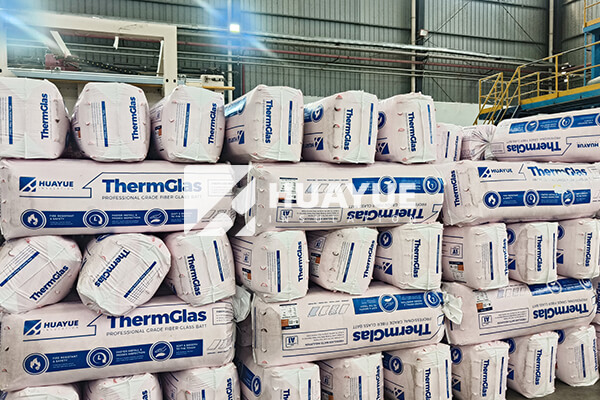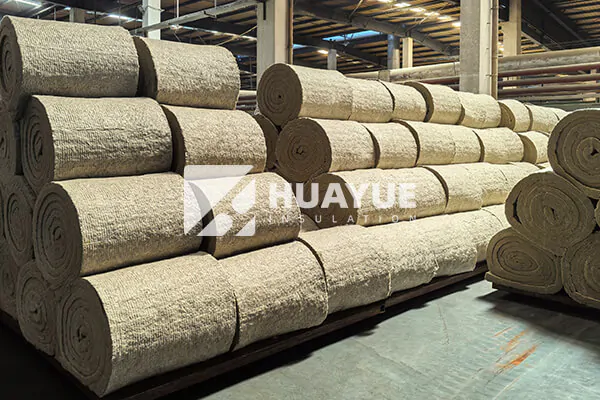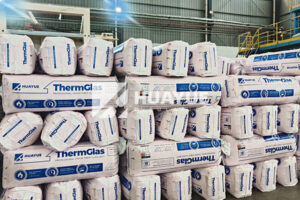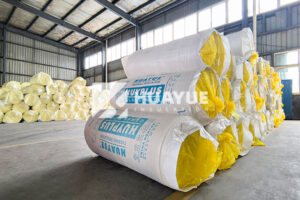What is the best batt insulation for energy savings and durability?
Many people struggle with choosing the right batt insulation. This decision directly impacts comfort, energy savings, and long-term costs.
The best batt insulation combines high R-value, durability, non-absorption, and fire resistance. For most residential and commercial projects, fiberglass and mineral wool batts remain top choices due to their performance, cost-effectiveness, and easy installation.

When I evaluate batt insulation, I focus on the real differences that affect my tank projects and building upgrades. Let me share what makes one option better than another. If you understand your space needs, safety requirements, and budget, you will find the right batt insulation. Keep reading, because small details matter in insulation performance.
What is the best type of batt insulation?
Choosing batt insulation seems easy, but many miss what really matters. Each material has its own story, its pros and cons.
Fiberglass batt insulation leads the market because it resists moisture, won’t burn easily, and keeps its shape over time. Mineral wool batt insulation offers slightly better fire resistance and sound dampening, but can cost more. Both options deliver high performance for walls, ceilings, and even industrial tanks. Your needs and your facility standards decide which one fits your project best.

I have seen how each batt insulation type performs in different climates and applications. Here’s a guide to help you understand what sets each type apart:
| Batt Type | R-Value (per inch) | Fire Resistance | Moisture Absorption | Typical Use Cases |
|---|---|---|---|---|
| Fiberglass | 2.9 – 3.8 | Excellent | Low | Homes, commercial, tanks |
| Mineral Wool | 3.0 – 3.3 | Superior | Very Low | Industrial, soundproof |
| Cotton/Soy | 3.0 – 3.7 | Good | Medium | Eco-friendly projects |
| Foam Glass | 3.1 – 3.4 | Fireproof | Zero | Tanks, specialty areas |
No one batt is perfect for every use. Fiberglass dominates for energy savings and cost, but if I need maximum safety or sound dampening, mineral wool wins. Foam glass offers unique advantages for tanks, where non-absorption and long-term stability really matter.
Is R-15 insulation better than R-13?
Many buyers wonder how much difference those small numbers make. It sounds simple, but the right answer depends on where and how you use insulation.
R-15 insulation gives greater thermal protection than R-13, keeping heat in or out more effectively. This means lower energy bills and better comfort, especially in colder zones or spaces with wide temperature swings. R-13 works for mild climates or less critical applications, while R-15 is the clear choice where efficiency matters most.
I always check local building codes and facility needs before deciding between R-13 and R-15. Here’s how I break down the difference:
| R-Value | Typical Thickness | Recommended Use | Energy Savings | Cost (Relative) |
|---|---|---|---|---|
| R-13 | 3.5 inches | Walls in temperate areas | Basic | Lowest |
| R-15 | 3.5 inches | Walls in colder regions | Improved | Slightly higher |
Choosing R-15 over R-13 increases insulation efficiency, helping lower costs in the long run. If budget allows, and local codes support it, I always choose the higher R-value. For high-performance applications like Hans’ tanks, going higher on R-value means better temperature control and less risk.
Is R5 or R10 better insulation?
Some projects call for only thin layers of batt insulation. People ask about R5 or R10, especially in retrofits or specialty tanks.
R10 insulation is better than R5. It resists heat flow twice as well, making it much more effective at lowering energy loss. If space allows, I always choose the highest R-value possible since this brings the most savings and stability.
Here’s how I compare R-values for thin batt insulation layers:
| R-Value | Thermal Resistance | Common Thickness | Best For | Performance Level |
|---|---|---|---|---|
| R-5 | Basic | 1.5 inches | Small retrofit projects | Entry-level |
| R-10 | Strong | 3.0 inches | Upgrades, tanks, cold zones | High-performance |
Choosing R10 over R5 helps prevent condensation and temperature swings, which is critical in tank insulation and tight spaces. I follow the rule that more thermal resistance means lower overall lifecycle costs. Select R10 when the installation space allows.
What is the highest R-value for batt insulation?
Some projects need maximum protection. Customers often ask, "What is the highest R-value batt available?"
The highest R-value batt insulation commonly available is around R-38 for attic applications. Special technologies or layering methods can push values higher for niche industrial needs, but R-38 sets the standard. These thick batts work best where space is not an issue and extreme thermal control is needed.
After years of upgrades, I learned that high R-value batts matter most in attics, roofs, and large tanks. These settings need good insulation to lock in comfort and reduce heating and cooling costs.
| Product Type | Highest Available R-Value | Application Area | Pros | Cons |
|---|---|---|---|---|
| Fiberglass Batt | R-38 | Attics, roofs | High protection | Bulky, needs space |
| Mineral Wool Batt | R-30 | Walls, tank shells | Sound, fire, stable | Price, availability |
| Foam Glass Blocks | R-36 (layered) | Tanks, foundations | Non-absorption | Niche use, costly |
When I upgrade insulation for customers like Hans, I always match the highest available batt R-value to specific project needs. This keeps systems safe, efficient, and ready for temperature stress.
Conclusion
Choose batt insulation based on R-value, moisture, fire safety, and installation space for the best results in energy savings and long-term durability.
You may also be interested in:
Ready to Get Started?
Get in touch with our experts for personalized solutions tailored to your needs.
Get Free QuoteLatest Articles

Glass Wool Fire Rating: How Safe Is Your Insulation?
Dec 25, 2025
Let's Work Together
Ready to take your business to the next level? Get in touch with our team of experts and let's discuss how we can help you achieve your goals.
Get Free Solutions






